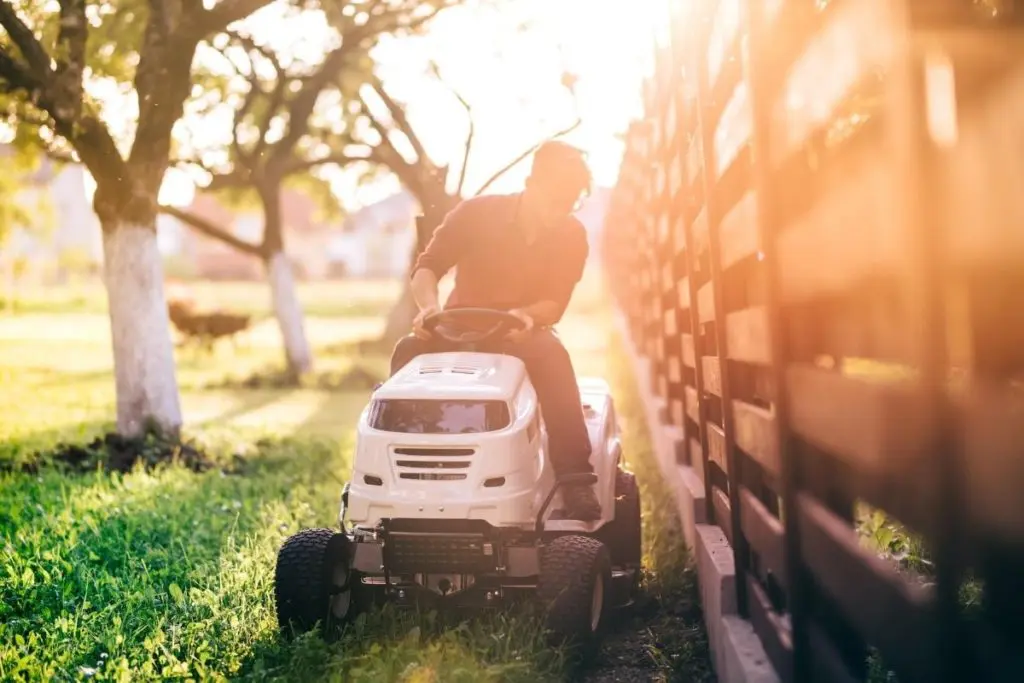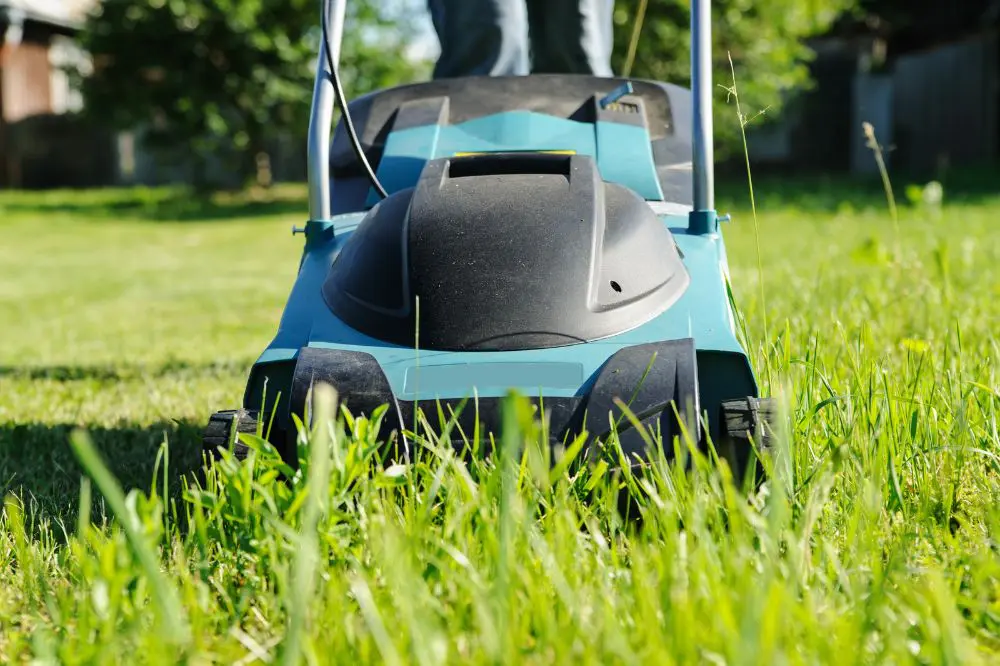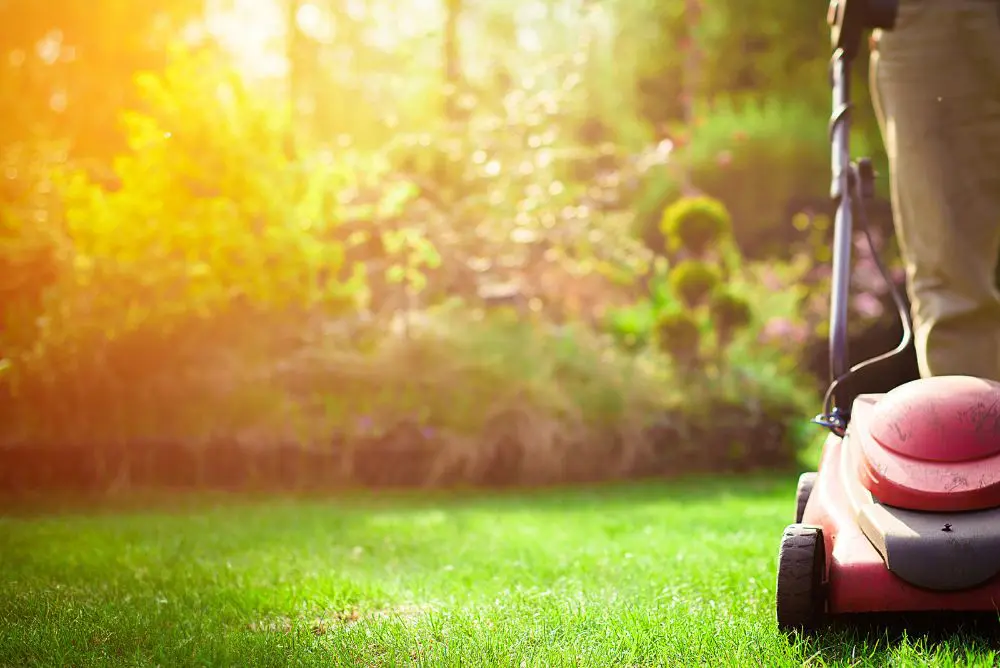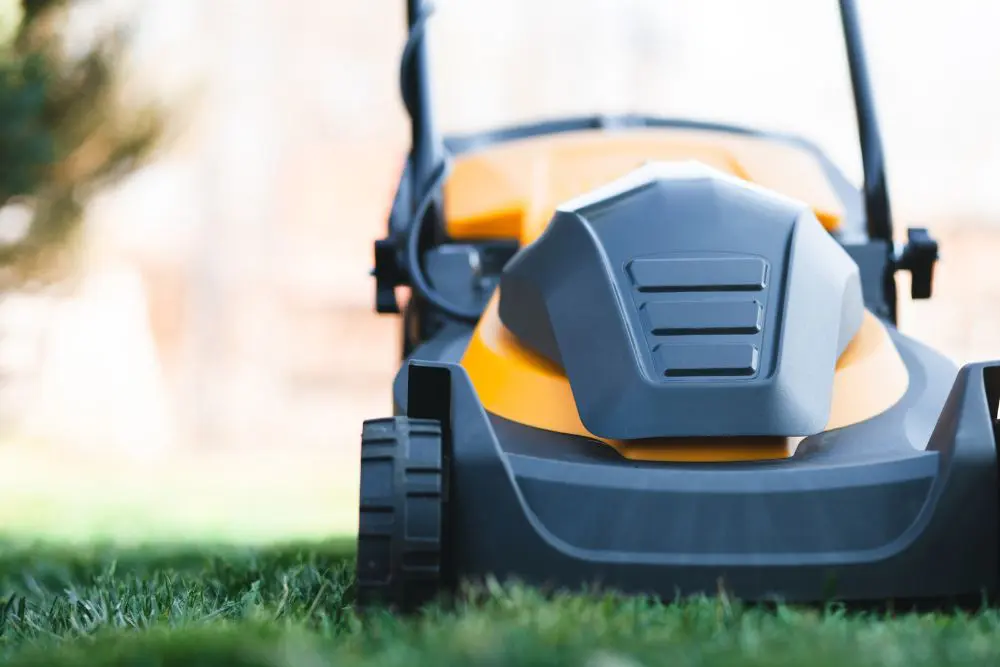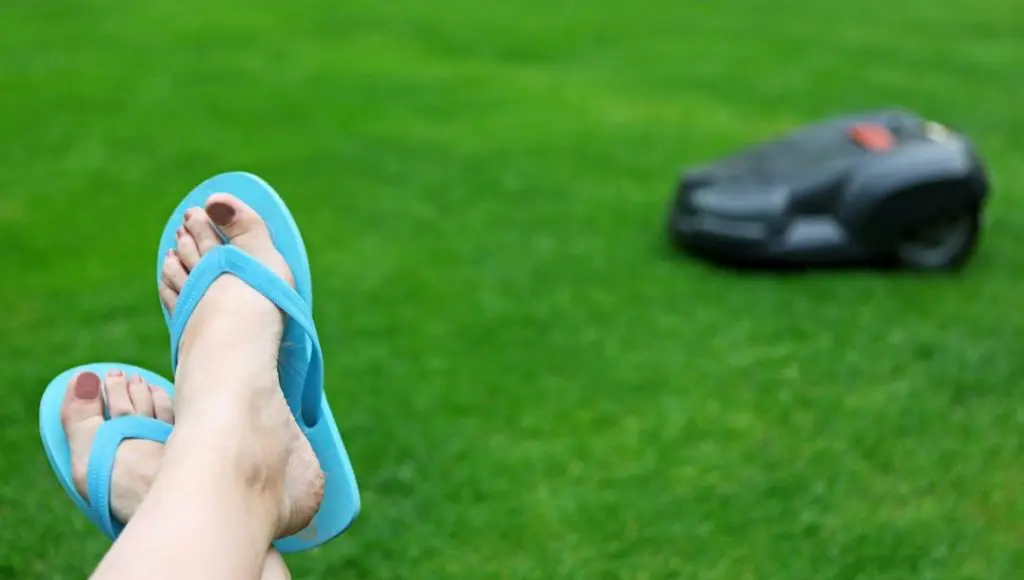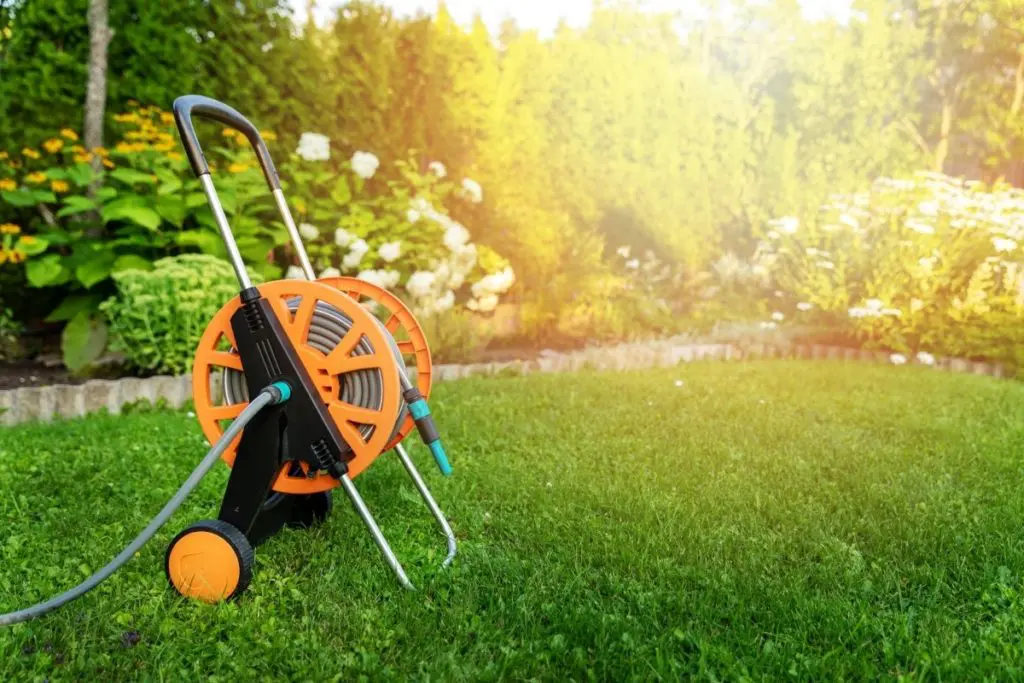Ever seen someone mowing their lawn with a riding lawn mower? Sure does seem a lot easier and more comfortable than pushing around that old push mower of yours, doesn’t it? What some folks don’t realize, though, is that there are different kinds of riding lawn mowers: garden tractors and lawn tractors. What’s important to know, when it comes to a riding lawn mower vs. garden tractor, is that all garden tractors are riding lawn mowers. Still, not all riding lawn mowers are garden tractors. It could be a lawn tractor instead.
Got it? Good.
If you’ve picked up some extra acreage or you’re just sick ‘n’ tired of huffing around behind your old push power, it could be time to upgrade to one or the other. But before you do, check out this article on lawn tractor vs. garden tractor to pick the one that’s right for you.
Lawn Tractor vs. Garden Tractor: An Overview
Let’s begin with what’s similar about garden tractors vs. lawn tractors: they both let you sit on a seat while you cut the grass. But that’s about it. So what’s different? Let’s take a look.
Here are three primary differences between garden tractors and lawn tractors.
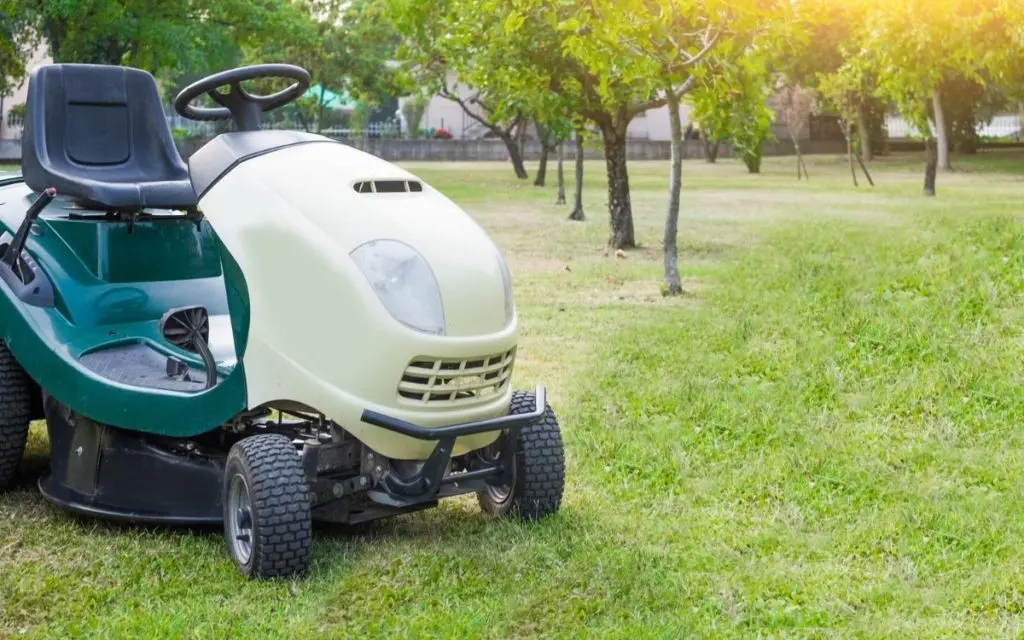
Cutting Width
Lawn tractors have a cutting width between 38–54 inches, while garden tractors have a bigger cutting width, ranging between 50–54 inches.
Engine Horsepower
Garden tractors also tend to have more powerful engines than lawn tractors, usually between 24–29 HP. That’s while the engine horsepower of a lawn tractor is between 15–29 HP.
Attachments
The last notable difference between the two different kinds of tractors comes in the attachments: garden tractors come with heavy-duty accessories, while lawn tractors’ attachments tend to be a lot lighter.
Here are some additional essential differences between lawn vs. garden tractors:
Lawn Tractor
- Up to a 3-gallon fuel tank
- Electric power take-off (PTO)
Garden Tractor
- Up to a 5-gallon fuel tank
- PTO with a hydraulic clutch
It’s also worth mentioning what lawn tractors and garden tractors aren’t: neither one is a zero-turn tractor. With a turning radius of effectively zero, zero-turn mowers are riding lawn mowers designed to get a big job completed quickly.
Although zero-turn models are available to consumers, they’re often used by professional landscape companies or groundskeepers. The key takeaway here is that both lawn and garden tractors are a class apart from zero-turn mowers.
Alright, that’s out of the way. Let’s review: garden tractors are more powerful, with heavy-duty attachments and bigger cutting width. That’s while lawn tractors are a bit less powerful, with smaller cutting width, and lighter attachments.
Does that mean that those with big lawns should get a garden tractor, but if you have a smaller yard, you should choose a lawn tractor?
Sometimes, but not always. You should also consider the kind of lawn or yard you have and what other tasks you might need your riding lawn mower to perform besides just cutting that grass.
How do you decide if your lawn is too big for a lawn tractor, or too small for a garden tractor? We’ll go over that, next.
Lawn Tractor vs. Garden Tractor: When to Use Which
In this section, we’ll dive deeper into the differences between lawn tractors vs. garden tractors. We’ll also talk about when you should use each.
Size of Yard
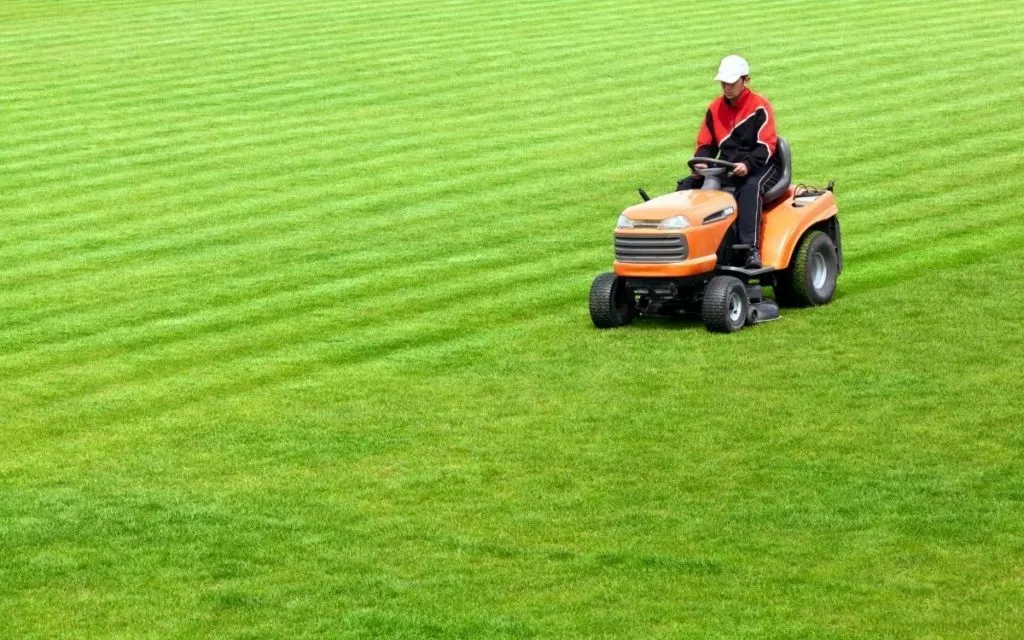
When deciding which style of riding lawn mower is right for you, do some quick math. Compare the average horsepower and cutting deck sizes of most lawn and garden tractors vs. the total acreage of your lawn or yard.
This quick reference can help:
½ acre – 1 acre: Use a lawn tractor
If your yard or lawn ranges from between ½ acre to 1 acre, pick a riding lawn mower with at least 14 horsepower and a cutting deck of up to 42 inches.
Between 1 – 2 Acres: Use either a lawn or garden tractor
When facing 1 to 2 acres, choose an engine with up to 16 horsepower and a cutting deck measuring up to 46-inches.
3+ Acres: Use a garden tractor
Those with extra-large lawns should pick a garden tractor with at least a 46-inch cutting deck, but no more than 54 inches. You’ll also want an engine between 18–24 horsepower.
But the size of your yard isn’t the only consideration. If you have a lot of flower beds, odd angles, or small spaces in your yard, a big cutting deck will only slow you down. In that case, pick a lawn tractor, even if you have a large area to cover.
Type of Work
Next, you’ll also want to ask yourself what else you might need to with your tractor besides just mowing the grass.
If any of these tasks are on your to-do list, a lawn tractor could be the best choice for you:
- Tow a small cart of spreader
- Perform double-duty as a snowplow or snow blower in the wintertime
- Spraying, dethatching, or aerating
Furthermore, some garden tractors come with a locking rear differential. An excellent choice if you have lots of hills or inclines in your yard.
If you’re looking for a tractor to get any of the following done, a garden tractor might be the right choice:
- Towing heavy cartloads
- Tilling
- Furrowing
- Plowing dirt and snow
Garden tractors are also, as a rule, the best option for hills and inclines. They also usually have bigger back tires for added ground clearance, helping with bumpy or uneven terrain.
Garden tractors are also a bit more expensive than lawn tractors, though some models and brands are pretty comparable.
There is a third kind of tractor to tell you about: sub-compact tractors. Here’s what you need to know.
Sub-Compact Tractors vs. Riding Lawn Mowers
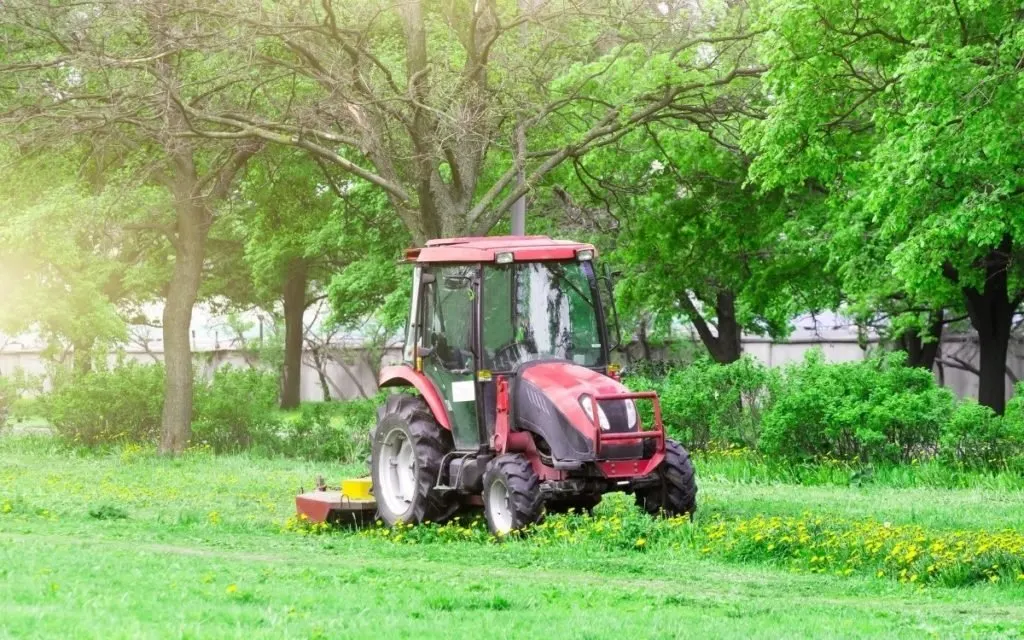
Sub-compact tractors are a lot like regular-sized tractors, just smaller. They even share many of the same features of stand tractors, including engine horsepower.
What sets them apart from lawn and garden tractors is the ability to attach a backhoe, or even a small loader. They also come standard with a rear three-point hitch, as well as front, mid, and rear power take-off points.
Sub-compact tractors are suitable for the following tasks:
- Graveling a driveway
- Building a fence
- Leveling land for a new building or construction project
- Digging for a foundation, or for electric and water lines
- Digging a ditch
Sub-compact tractors aside, there’s one last thing to go over when choosing a lawn or garden tractor. How would you like to handle your yard debris: mulching or bagging?
Both options are available with lawn and garden tractors. However, it’s still an important point to consider before choosing your tractor.
Here’s what you need to know:
Mulching kits
Choosing a mulching kit is probably the most popular option for yard debris management. Mulching kits plug your tractor’s discharge chute. This keeps grass under the deck, producing a fine, nutrient-rich mulch to spread on your garden or flower beds.
Mulching kits come in lots of different sizes, so if you’re interested in choosing a mulching kit, make sure it’s compatible with your tractor (ideally the same brand).
Bagging
Bagging systems mount on the back of your tractor, sucking the grass clippings through the blades to be collected in the bag to dispose of later.
There are double-bag and even triple-bag systems. Again, compatibility is essential. It’s best to choose a bagging system that’s the same brand as your tractor.
Lawn Tractor vs. Garden Tractor: Which is Best?
And that’s about it! Everything you need to know about a lawn tractor vs. garden tractor, and how to choose the one that’s right for your yard care needs. When choosing between the two kinds of riding lawn mowers, you should first consider the size of your yard or lawn.
But that’s not all. You should also ask yourself what type of lawn or yard you have. Is it a wide-open space, or are there many small and hard-to-reach areas such as garden plots and flower beds? You should also bear in mind other things you need to do with your tractor, like plowing snow, or leveling land.
Have you got an extra big job — too much for a lawn or garden tractor, but too small for a regular tractor? You might want a sub-compact tractor instead.
Follow these simple guidelines, and you’ll be the person out there impressing the neighbors with your brand-new garden or lawn tractor.
Further Reading

